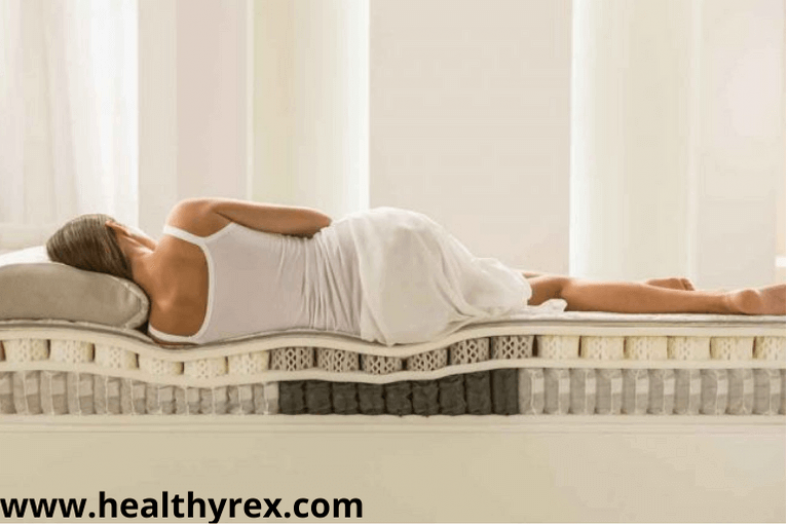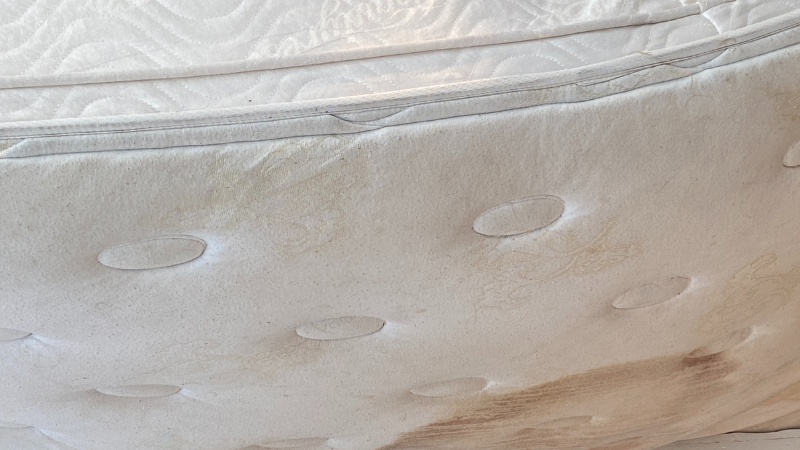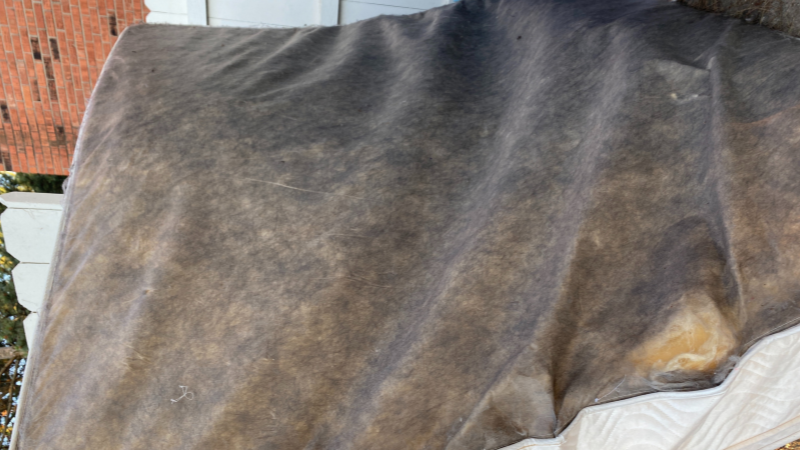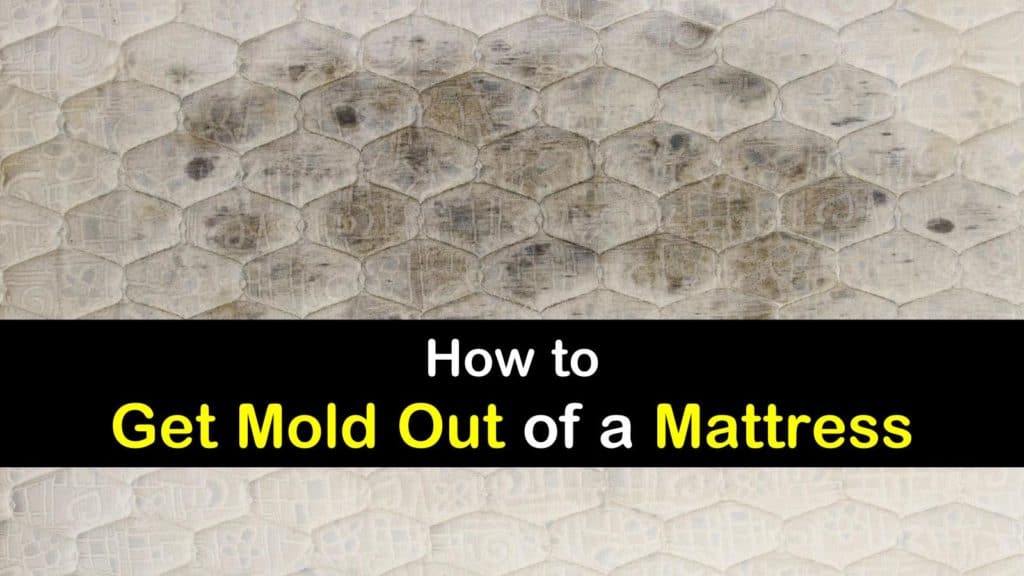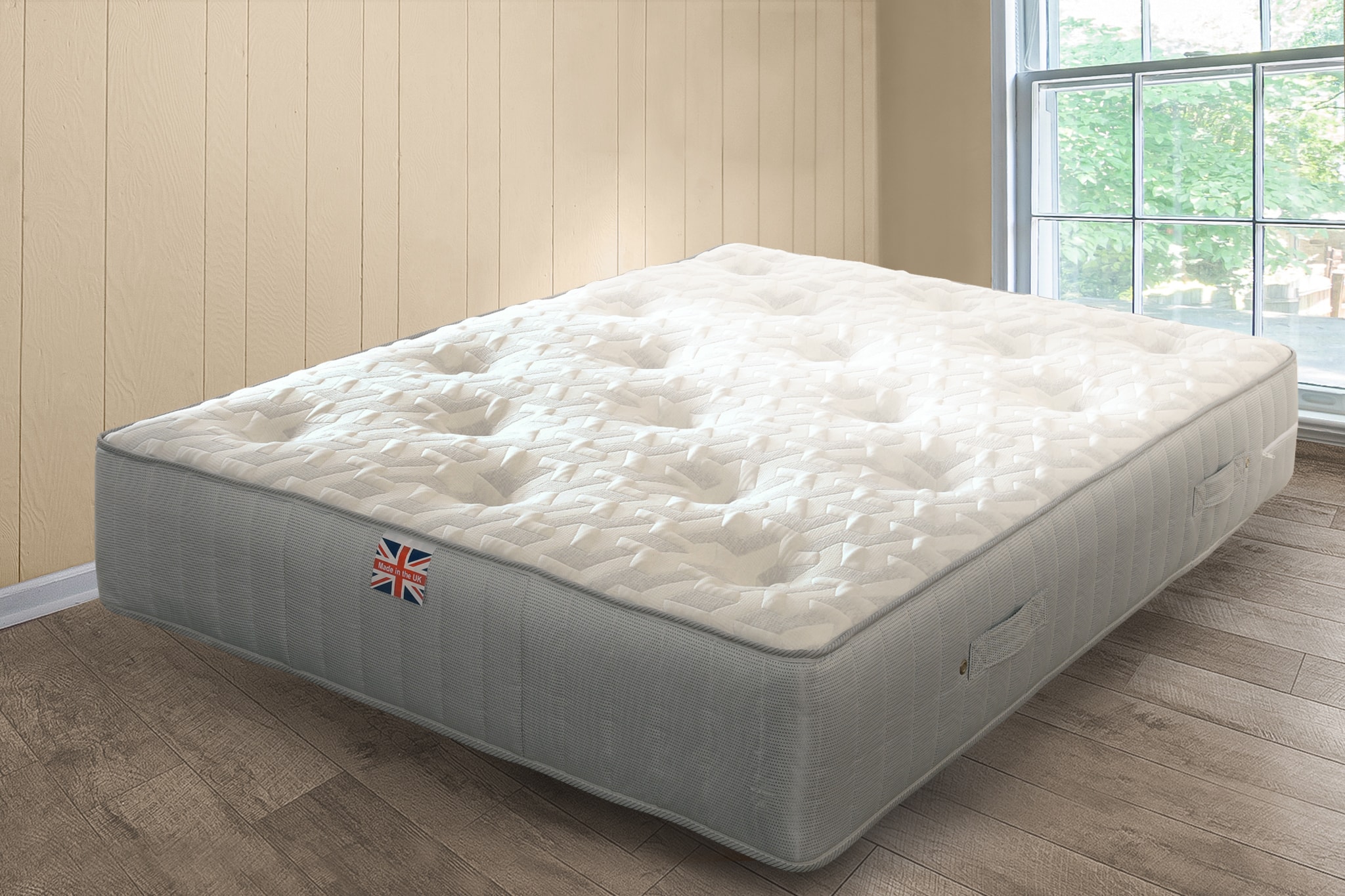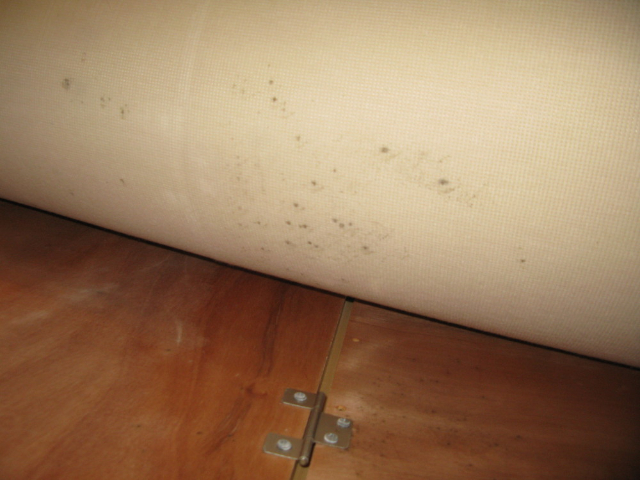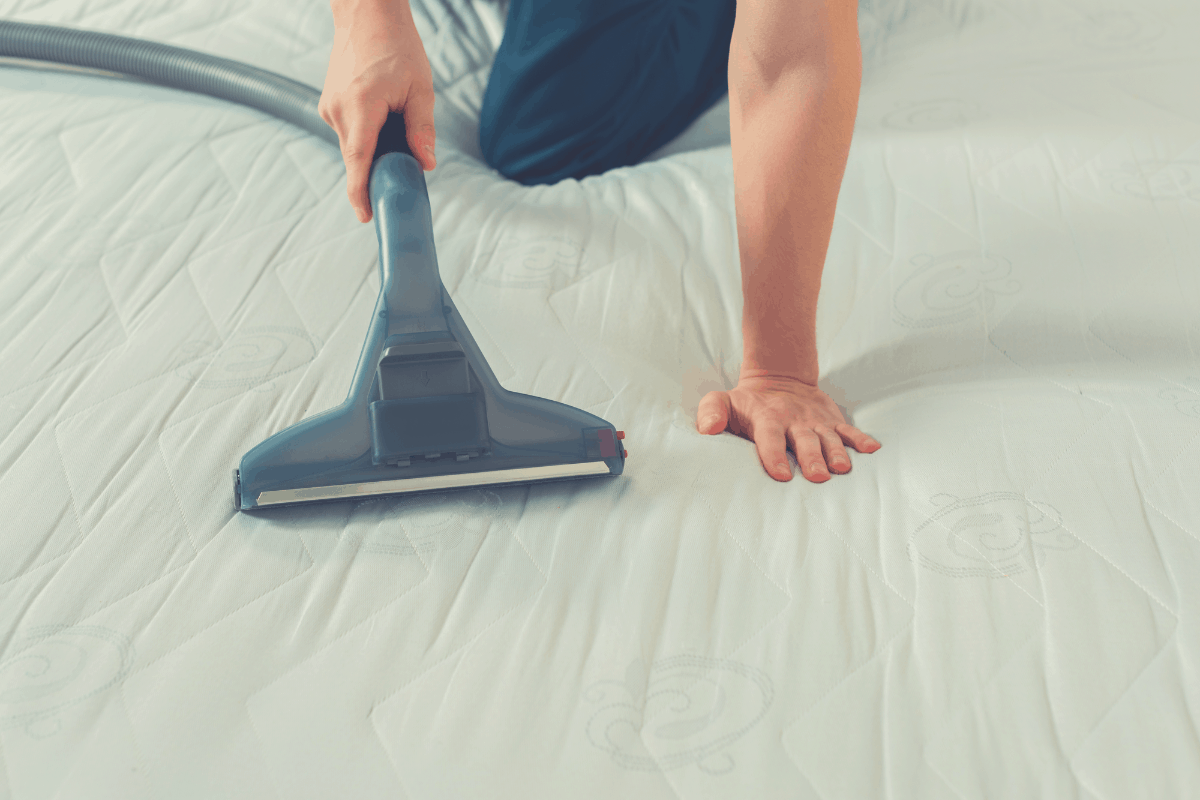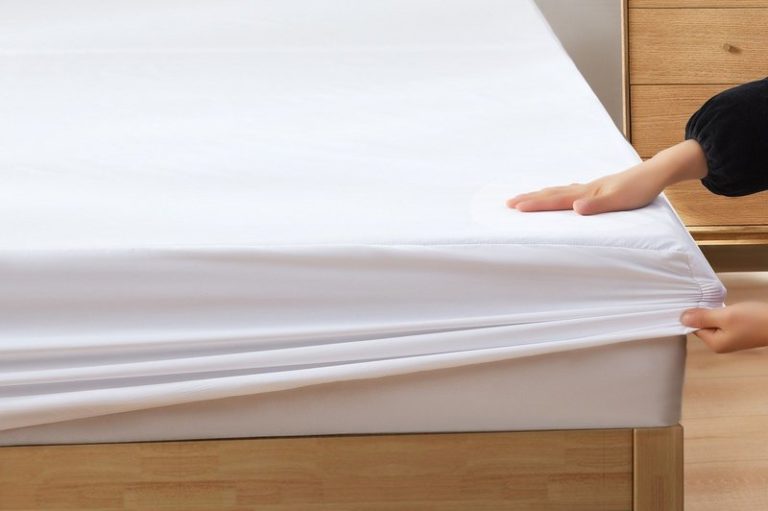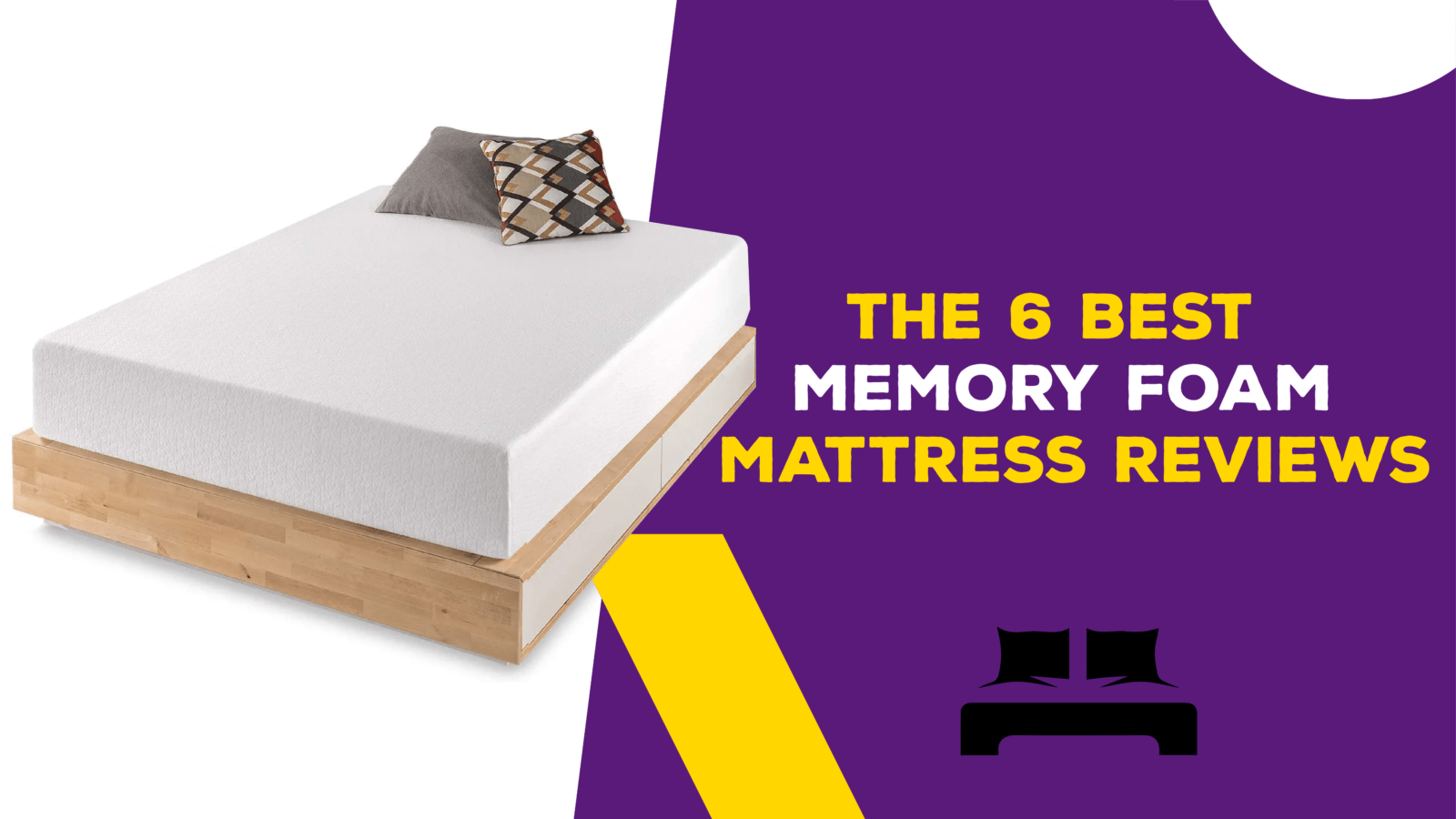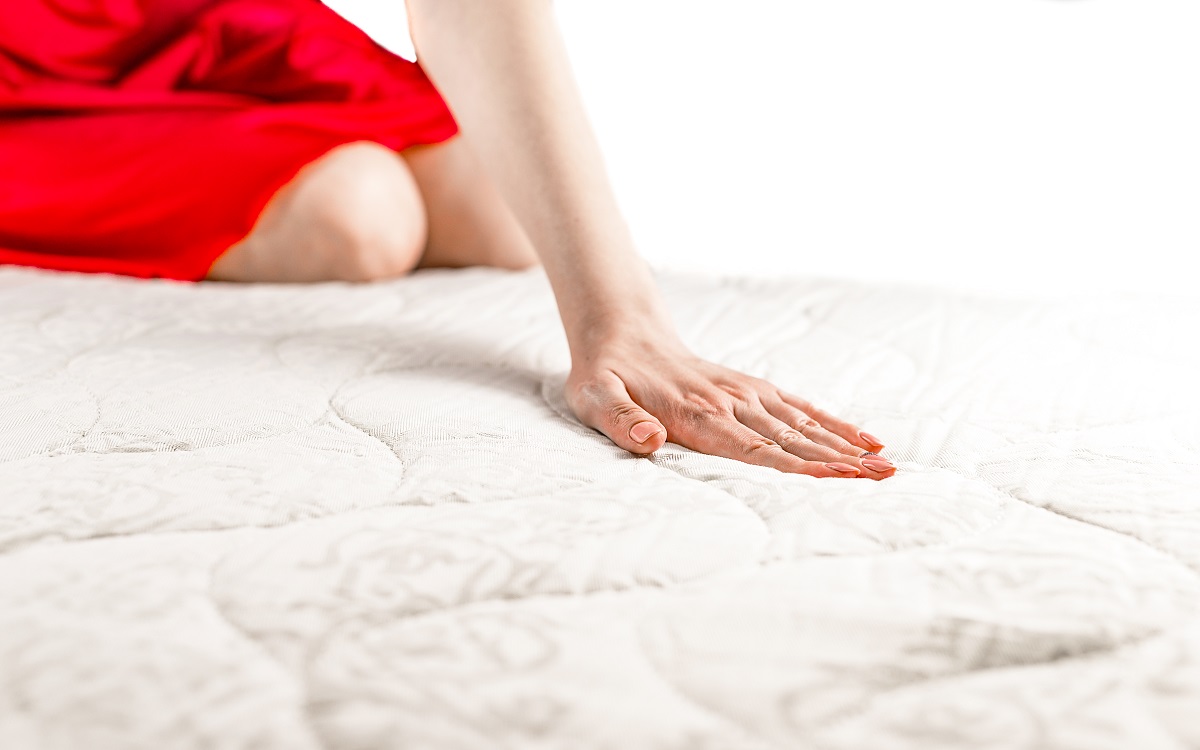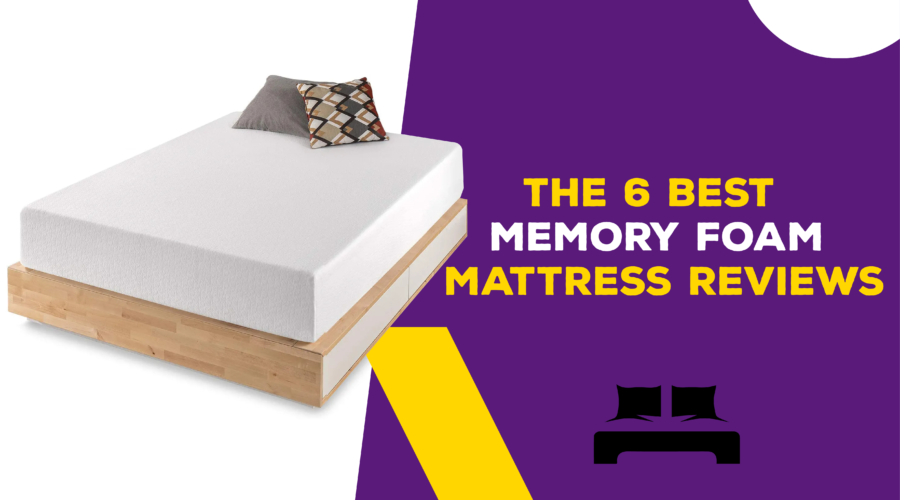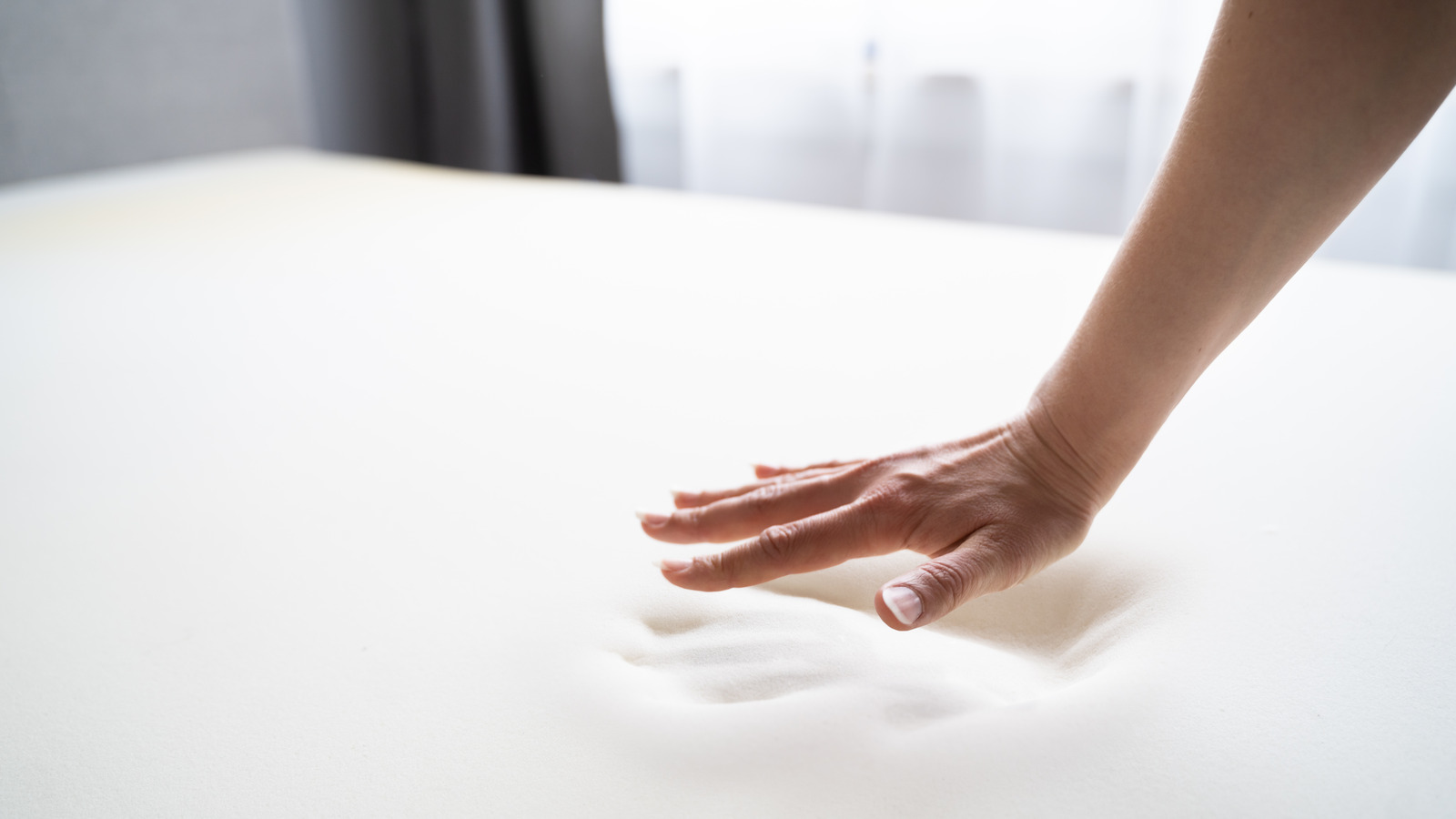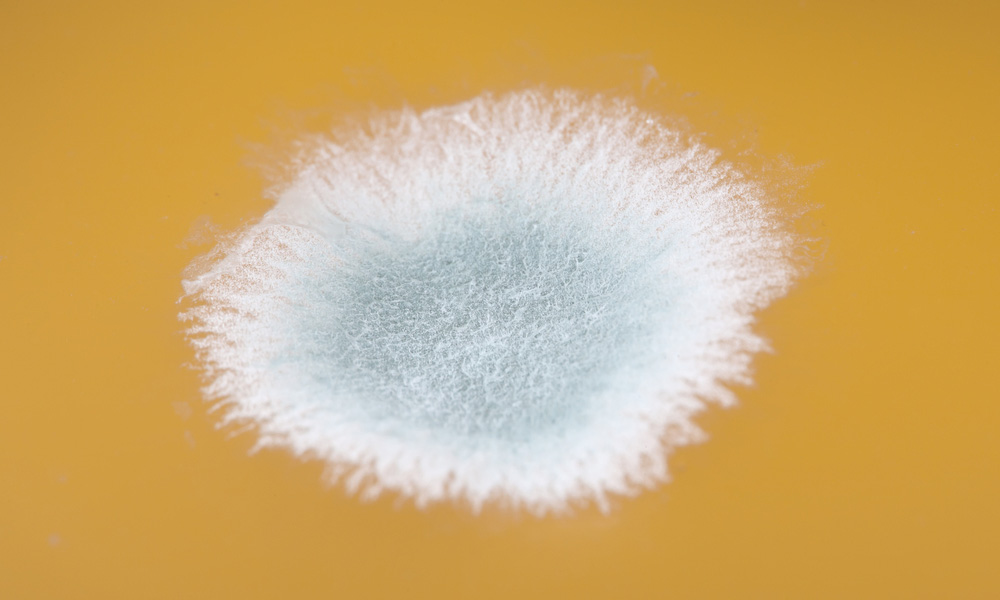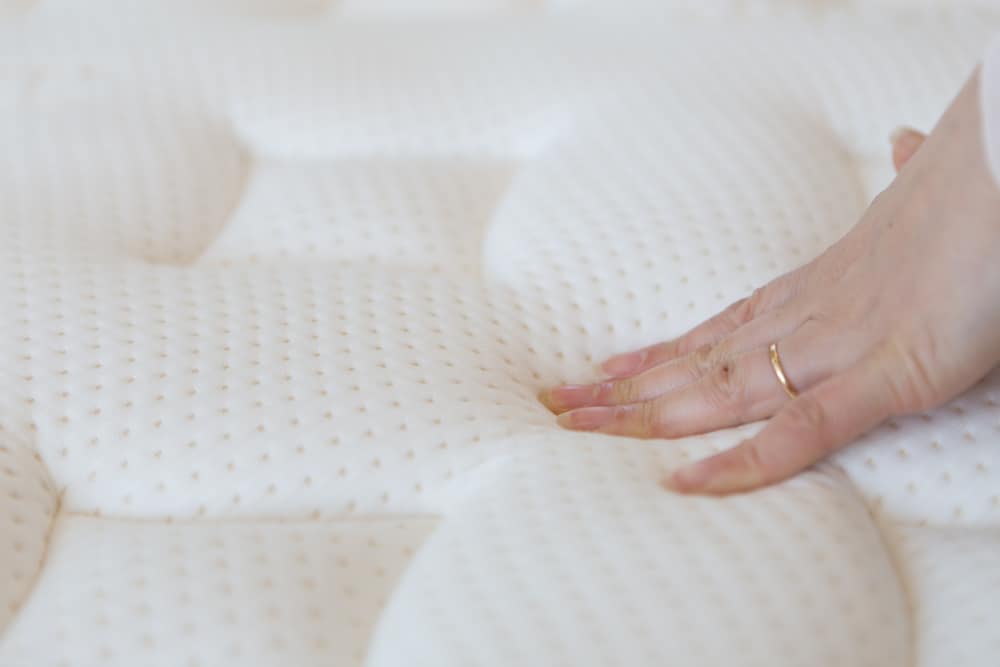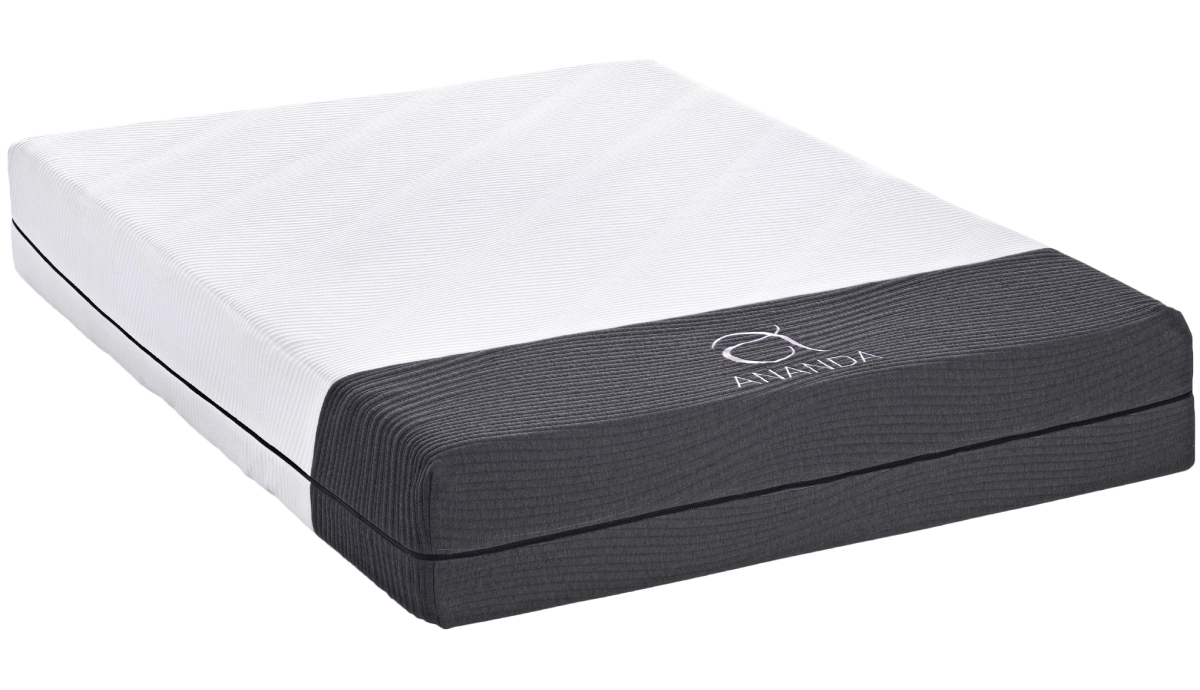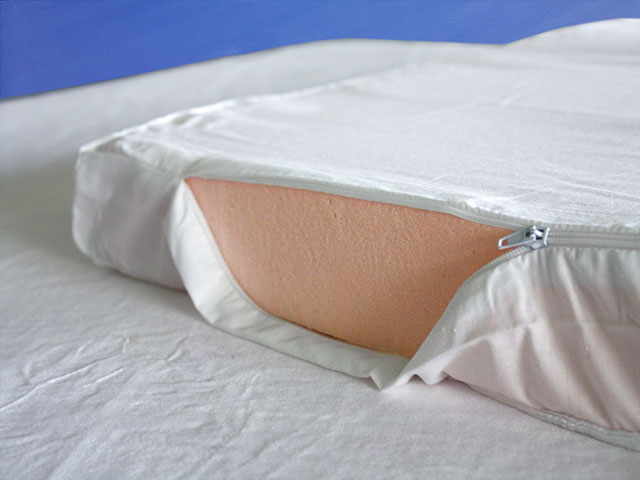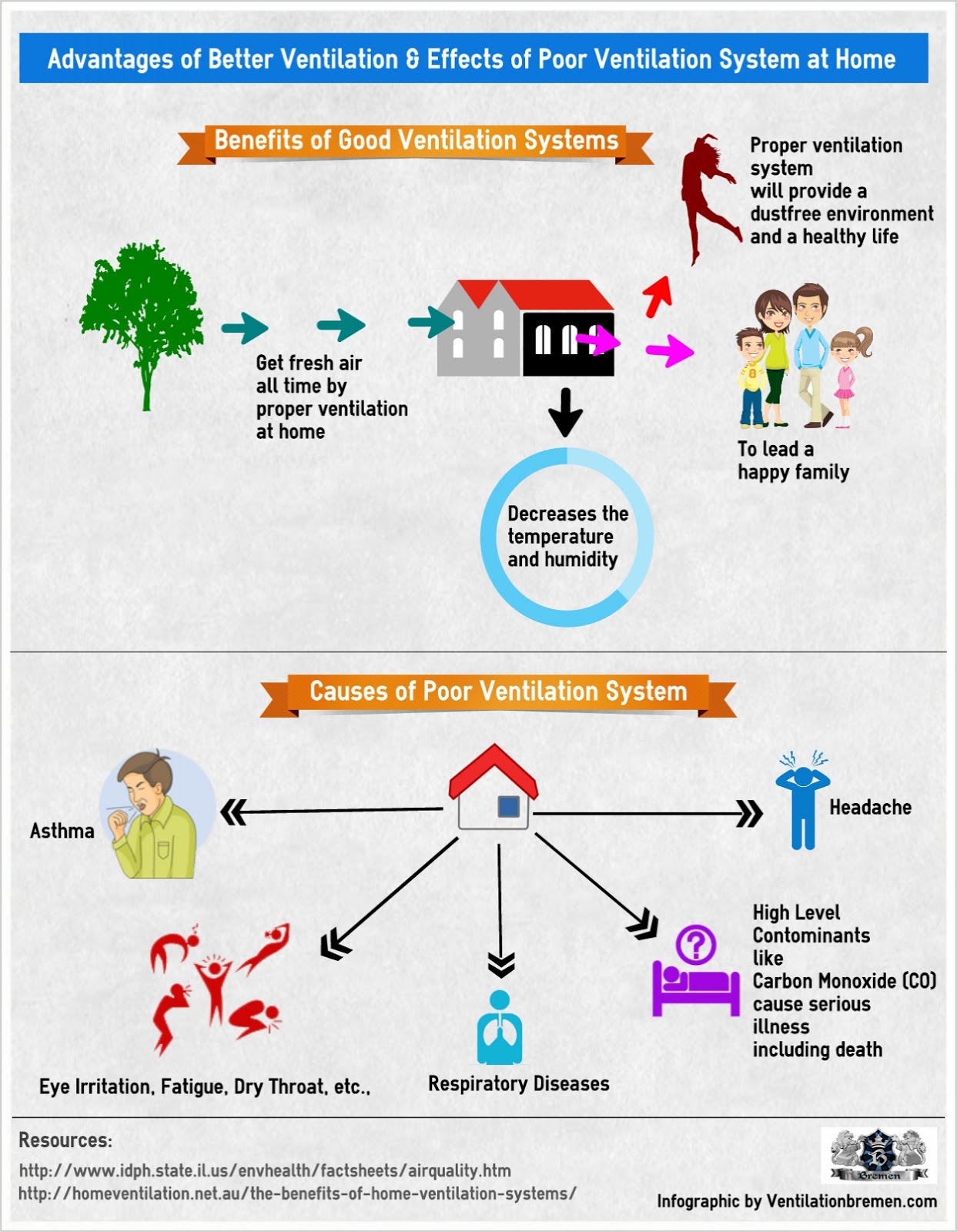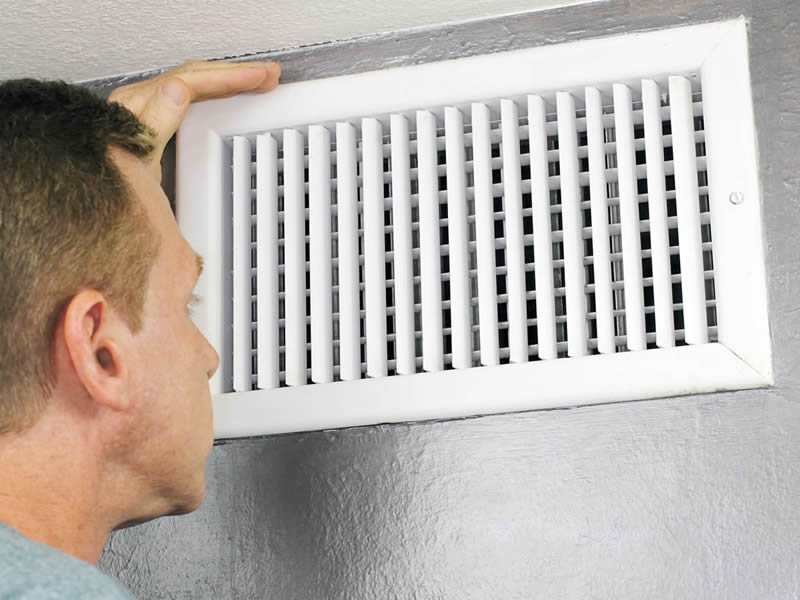Memory foam mattresses have become increasingly popular in recent years, thanks to their ability to conform and support the body while providing a comfortable night's sleep. However, like any other type of mattress, memory foam mattresses are not immune to mold growth. Mold on a mattress can not only be unsightly but also pose potential health risks. In this article, we'll explore the causes of mold growth on memory foam mattresses, how to prevent it, and what to do if you discover mold on your mattress.Can a Memory Foam Mattress Get Mold?
The key to preventing mold growth on a memory foam mattress is to keep it clean and dry. Memory foam is a porous material, which means it can absorb moisture and provide a breeding ground for mold and mildew. To prevent this, make sure to rotate and flip your mattress regularly to allow for even wear and air circulation. Additionally, invest in a waterproof mattress cover to protect your memory foam mattress from spills, stains, and moisture. This will not only prevent mold growth but also extend the lifespan of your mattress. If you do experience a spill, make sure to clean and dry the affected area immediately to prevent any moisture from seeping into the mattress.How to Prevent Mold on a Memory Foam Mattress
Mold can be sneaky and may not always be visible on the surface of your mattress. However, there are a few signs that may indicate mold growth on a memory foam mattress. These include a musty or damp smell, discoloration or dark spots on the mattress, and the presence of mildew or mold on other items in the room, such as bedding or curtains. If you suspect that your mattress has mold, it's essential to take action immediately to prevent it from spreading and causing further damage.Signs of Mold on a Memory Foam Mattress
If you discover mold on your memory foam mattress, it's crucial to act quickly to prevent it from spreading and causing potential health issues. The first step is to remove the mattress from the bed frame and take it outside to a well-ventilated area. Next, use a vacuum with a HEPA filter to remove any loose mold spores from the surface of the mattress. Then, mix equal parts of water and white vinegar in a spray bottle and spray the affected area. Let it sit for 5-10 minutes before wiping it clean with a damp cloth. If the mold is stubborn, you may need to use a mild detergent or enzyme cleaner specifically designed for mold removal. After cleaning the mold, make sure to thoroughly dry the mattress before bringing it back inside. You can use a fan or hairdryer on a cool setting to speed up the drying process. Once the mattress is completely dry, use a disinfectant spray to kill any remaining mold spores.Removing Mold from a Memory Foam Mattress
While it's always best to prevent mold growth in the first place, accidents can happen. If you need to clean your memory foam mattress, there are a few best practices to keep in mind:Best Practices for Cleaning a Memory Foam Mattress
Prevention is always better than cure, and there are a few steps you can take to keep your memory foam mattress mold-free:How to Keep Your Memory Foam Mattress Mold-Free
Mold on a memory foam mattress is typically caused by excess moisture. This can come from a variety of sources, such as spills, sweat, or high humidity levels in the room. If left untreated, mold can quickly spread and cause health issues, especially for those with allergies or respiratory conditions. It's also essential to note that mold can grow on a memory foam mattress even if it's not visible on the surface. This is because memory foam is a porous material that can trap moisture, providing an ideal environment for mold growth.Understanding the Causes of Mold on Memory Foam Mattresses
As mentioned, proper ventilation is crucial for preventing mold growth on a memory foam mattress. This is because good air circulation allows moisture to evaporate, keeping the mattress dry and mold-free. If your bedroom is prone to high humidity levels, consider investing in a dehumidifier to help regulate the moisture in the air. You can also open windows and use a fan to promote air circulation, especially after cleaning your mattress.The Importance of Proper Ventilation for Memory Foam Mattresses
If you're in the market for a new memory foam mattress, consider choosing one that is mold-resistant. Look for mattresses with antimicrobial or hypoallergenic properties, as these can help prevent mold and mildew growth. Additionally, mattresses with a breathable design can promote air circulation and keep the mattress dry and mold-free.Choosing a Mold-Resistant Memory Foam Mattress
To summarize, here are some expert tips for maintaining a mold-free memory foam mattress:Expert Tips for Maintaining a Mold-Free Memory Foam Mattress
What Causes Mold Growth on Memory Foam Mattresses?

Memory foam mattresses have become a popular choice for those seeking a comfortable and supportive sleep surface. However, like any other bedding material, memory foam mattresses can also be susceptible to mold growth. Mold is a type of fungus that thrives in damp and humid environments, making mattresses an ideal breeding ground. The presence of mold can not only damage your mattress but also pose health risks to you and your family.
Moisture and Humidity

The main culprit behind mold growth on memory foam mattresses is excess moisture. When we sleep, our bodies release moisture through sweat and breath, which gets absorbed into the mattress. If this moisture is not allowed to evaporate, it creates a damp and humid environment, perfect for mold to grow.
Additionally, if your bedroom has high levels of humidity, it can also contribute to mold growth on your mattress. This is especially true in areas with warm and humid climates. The moisture in the air can seep into your mattress and create a breeding ground for mold.
Poor Ventilation and Spills
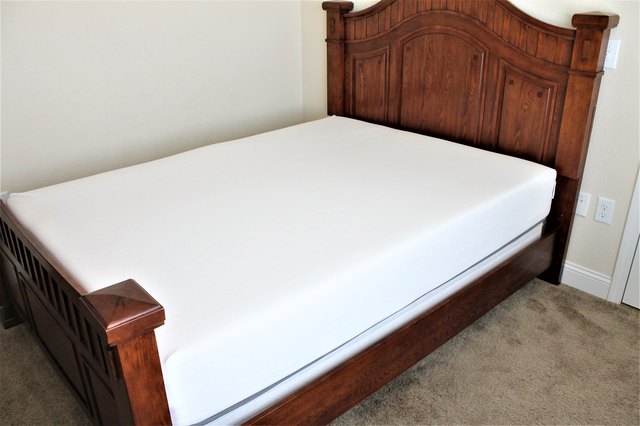
Poor ventilation in your bedroom can also lead to mold growth on your memory foam mattress. Without proper air circulation, moisture from your body and the environment gets trapped, creating a damp and stuffy atmosphere. This lack of airflow can also make it difficult for your mattress to dry out, allowing mold to thrive.
In addition to moisture, spills can also lead to mold growth on your mattress. If you accidentally spill a drink or any other liquid on your mattress, it is essential to clean and dry it immediately. Otherwise, the liquid can seep into the foam and create a breeding ground for mold.
Preventing Mold Growth on Memory Foam Mattresses
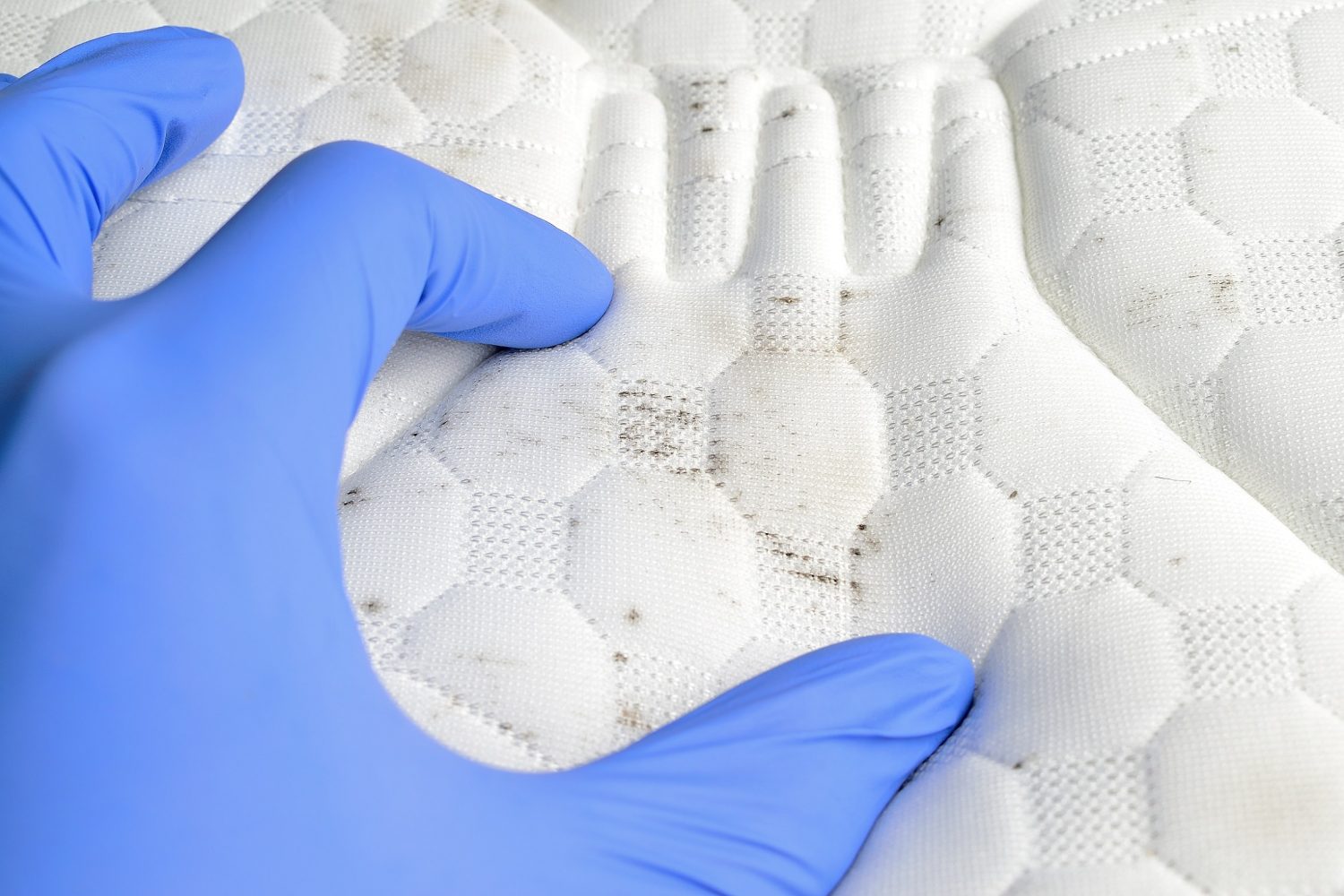
Fortunately, there are steps you can take to prevent mold growth on your memory foam mattress. The first and most crucial step is to ensure proper ventilation in your bedroom. Open windows, use a fan, or invest in a dehumidifier to reduce moisture levels in the air.
You should also regularly rotate and flip your mattress to allow for even wear and tear, as well as proper air circulation. If you live in a humid climate, consider investing in a mattress cover or protector to prevent moisture from seeping into your mattress.
Lastly, in case of any spills or accidents, it is crucial to clean and dry your mattress immediately. Use a mild detergent and a damp cloth to gently clean the affected area, then allow it to air dry completely before covering it back up.
In Conclusion

While mold growth on memory foam mattresses is a common problem, it is also preventable. By ensuring proper ventilation, regularly rotating your mattress, and taking immediate action in case of spills, you can keep your memory foam mattress mold-free and in top condition for years to come.



